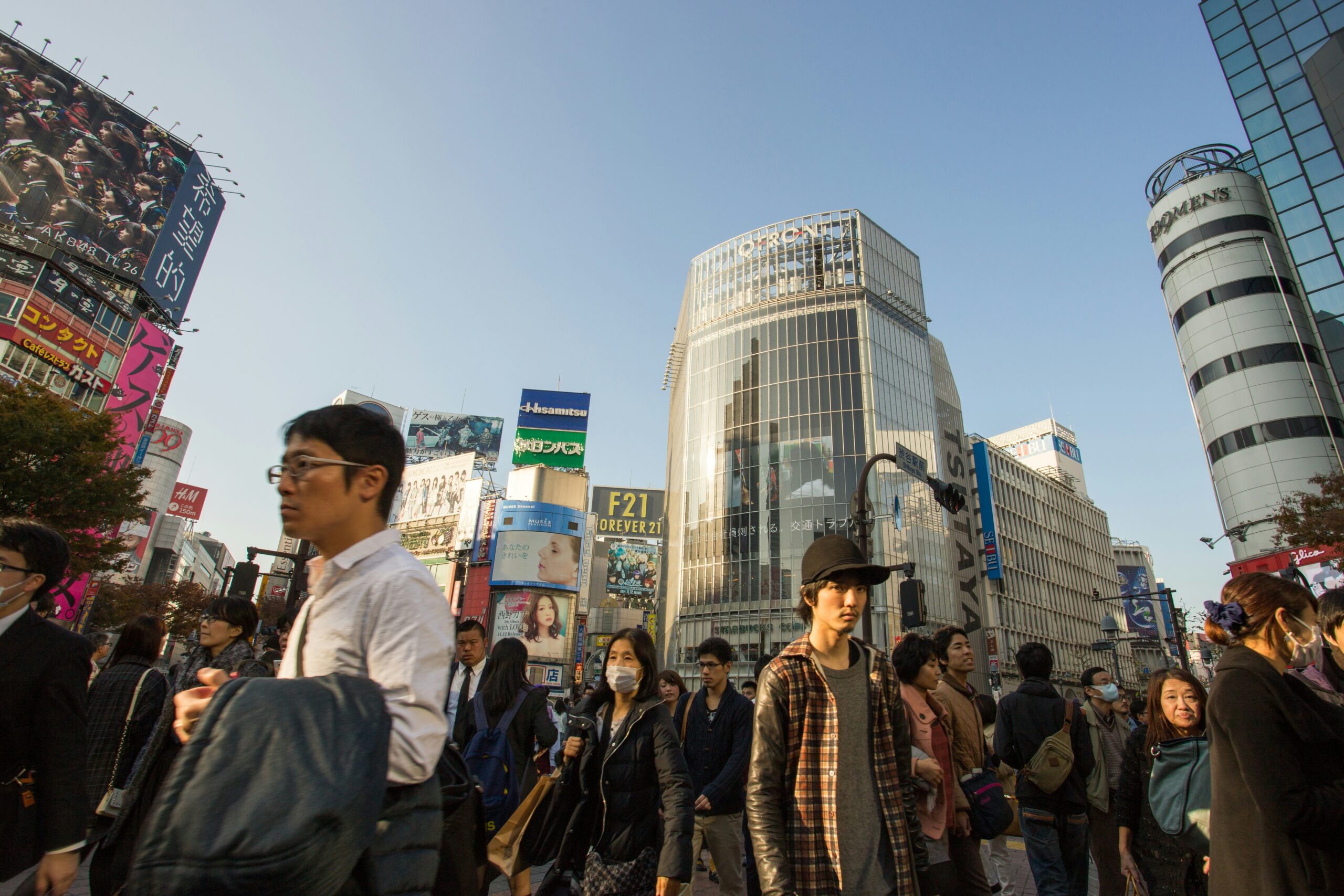Japan: #26 in the 2024 World Index of Healthcare Innovation

Jason Ortego, Unsplash
Introduction
Despite being one of the wealthiest nations globally, Japan’s healthcare system is ranked 26th in the 2024 World Index of Healthcare Innovation, with an overall score of 41.10. This underperformance is primarily attributed to Japan’s fiscal challenges, highlighted by an unsustainable debt-to-GDP ratio of over 262 percent—the highest among all countries ranked. Coupled with an aging population and sluggish economic growth, these factors pose significant hurdles for Japan in sustaining healthcare financing in the foreseeable future.
Nevertheless, Japan delivers quality healthcare particularly excelling in disease prevention. Health insurance in Japan is comprehensive and affordable, covering all citizens. However, Japan’s rank in Science and Technology stands at 17th, which is notably low considering its reputation as a leading tech hub. Despite these challenges, Japan possesses the essential institutions and infrastructure to drive future advancements in these areas.
Background
Japan’s health insurance system was initiated in 1922, primarily for blue-collar workers, modeled after Germany’s system introduced by Otto von Bismarck in 1883. After World War II, prompted by recommendations from the occupying American forces, Japan established universal health coverage in 1961.
In 2024, Japan will host over 3,200 health insurers, encompassing both public and private entities. These are largely employer- or occupation-based, with larger corporations typically opting for private insurance. Smaller businesses and freelancers generally rely on the government plan. Since 1983, Japanese seniors have been supported by health coverage financed through a national pool, which now serves approximately 35 million elderly citizens.
For the non-elderly, the central government dictates the benefits package and reimbursement rates, with a biennial review to ensure relevance to current economic and demographic conditions. Premiums for private insurance range between 3 percent and 10 percent of monthly wages, with cost-sharing models varying significantly. For participants in the government plan, premiums are standardized at 8.2 percent of wages, split equally between employees and employers.
The government controls pricing for all drugs reimbursed by health insurers, while manufacturers of non-covered drugs set their prices independently. Japan’s robust pharmaceutical industry, led by giants such as Takeda and Daiichi Sankyo, continues to be a global leader, investing approximately 1.5 trillion yen ($11 billion USD) in research and development annually.
Japan utilizes a multi-payer system, requiring all residents to secure health insurance through employment-based or community-based insurers. This system is structured to emphasize preventive care, facilitated by universal access and routine health assessments. Hospitals and clinics in Japan, which number over 8,000, include both public and private facilities. The government plays a pivotal role in ensuring service quality and accessibility, regulating nearly 60 percent of these institutions.
This framework integrates government oversight with private sector ingenuity, aiming to deliver high-quality medical care while managing costs and encouraging innovation in treatments and technologies. Japan’s strategy, which effectively blends contemporary medical advances with traditional practices, has contributed to its renowned status for one of the highest life expectancies globally.
Dimension Performance
Quality
With the exception of the Chinese special administrative regions of Hong Kong and Macao, Japan leads the world with the longest life expectancy at 85 years. It is no surprise, then, that Japan performs well in the Index’s Quality dimension (13th). In particular, Japan stands out on disease prevention (4th), ranking second in cancer survival rates and third in preventing hospital admissions. Despite an initial troubled rollout of COVID vaccinations, Japan responded well to the pandemic (17th) with improving vaccination rates, low fatality rates, and a relatively light touch on lockdowns. In addition, Japan features easy and open access to specialist physicians. Still, Japan’s shortage of primary care physicians contributes to overuse of hospitals, reflected in an average hospital length of stay of over 27 days more than double the OECD average.
Choice
Japan ranks 14th overall for Choice. Japanese residents have access to universal health coverage, with affordability around the middle of the countries in the Index. Japan has an especially high rate of catastrophic health spending, as measured by the percentage of residents who spend 25 percent or more of household income on healthcare (29th). Insurance typically is provided through a single option from an employer, contributing to Japan’s 18th ranking in freedom to choose healthcare services. As a major pharmaceutical market, Japan ranks 7th in access to new treatments, with a system that blends high access to new therapies with a robust market for affordable generic medications.

Science & Technology
Japan holds a mid-level position in the Index for Science and Technology, ranked 17th overall. It performs well on healthcare R&D spending (10th) and shines in intellectual achievements, notably ranking 3rd in the number of Nobel laureates and 9th in healthcare patents per capita. This solid foundation supports its advancements in medicine that compliments a robust information and communications infrastructure, aiding in the development of personalized health technologies. Despite these strengths, broader scientific achievements remain moderate, with Japan positioned 23rd in research quality, as indicated by citation frequency. Furthermore, for a nation with significant digital connectivity, Japan surprisingly ranks 31st in the adoption of electronic health records.
Fiscal Sustainability
On Fiscal Sustainability, Japan ranks worse (31st) than every country other than the United States. Japan’s overall debt stood at a staggering 262 percent of GDP, and public healthcare spending remains high relative to many countries in the Index. Japan’s last-place ranking on national solvency and poor ranking on public healthcare spending (30th) threaten the country’s ability to care for a rapidly aging population and contributes to Japan’s anemic economic performance. That said, Japan has slowed the growth in public healthcare spending in recent years (7th).



 ">
">